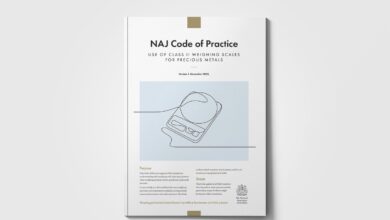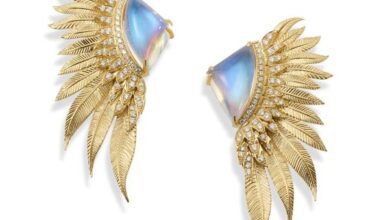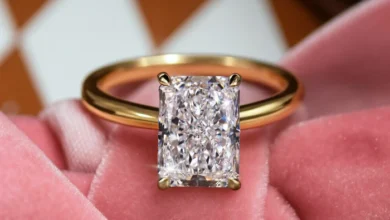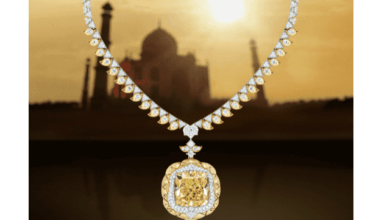COMMENT: What Makes Diamonds So Desirable?
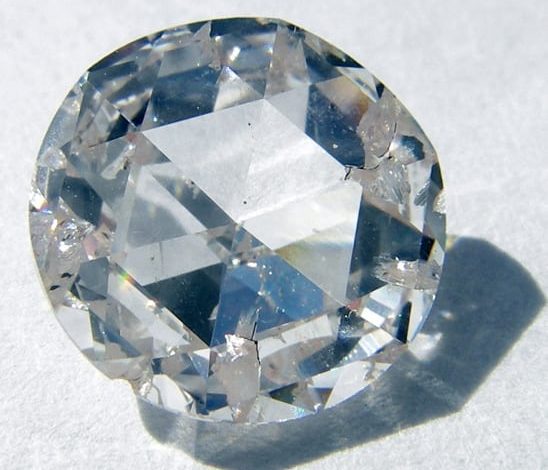
Register to get 1 free article
Reveal the article below by registering for our email newsletter.
Want unlimited access? View Plans
Already have an account? Sign in
If there is one store in a shopping centre that never fails to have people gathered outside the window, excitedly pointing and wishfully stating which piece they would buy if they had the money, it is the jewellery shop.
Savvy jewellers know that placing sparkling diamond rings, earrings, pendants and charms in the window will attract people into the shop. Once inside, a knowledgeable salesperson will proceed to explain about the cut, clarity, colour and carat of the diamond.
For centuries, diamonds have been symbols of wealth, love, prosperity and glamour, formidable associations that show no signs of abating. But what makes a diamond so expensive?
A stone made of carbon
A diamond is a precious stone that is made of pure carbon, which is the hardest naturally-occurring substance – hence why the word ‘diamond’ comes from the Greek word ‘ademas’ which means ‘unbreakable’. This ‘unbreakable’ substance is renowned for its superlative physical qualities, which are created by the strong covalent bond between its atoms.
What gives a diamond its colour?
Coloured diamonds are especially attractive and desirable. You see them in purple, green, orange, pink, blue and violet. A diamond which has a naturally vibrant colour is particularly sought after and being so desirable, it usually comes with a hefty price tag. Diamonds get their colouring from traces of different elements in the stones. For example, traces of nitrogen produce a yellow-coloured diamond. These precious stones can also become coloured through being exposed to radiation during their creation. Diamonds that are green have usually been affected in this way, for example.
Inclusions, surface irregularities or blemishes which are visible near the centre of an uncut diamond also give a diamond colour. In a colourless diamond, inclusions are widely considered flaws and are undesirable. In a diamond of a vibrant colour, inclusions produce bright tones and sparkling flashes of colour. A naturally coloured diamond is typically the most expensive type of diamond there is.
What makes a perfect diamond?
Diamonds are classified based on four properties – clarity, cut, colour and weight. In terms of colour, orange diamonds are considered to be the rarest. In order for a diamond to be considered orange it must not contain any brown in it whatsoever. This is because many ‘brown’ diamonds can give the illusion of looking orange. In reality pure orange diamonds are such a rare find that nobody actually knows how they are formed. Their warm, rich colour, with almost amber qualities, make this stone particularly desirable in earrings, rings and pendants.
The clarity of a diamond is based on the absence of inclusions, in other words, diamonds of a higher clarity are void of scratches and nicks on the surface. The fewer inclusions present in a diamond, the higher its clarity and the higher the clarity, the more expensive it is. A completely flawless diamond is extremely rare and therefore commands the highest price.
The cut of a diamond is used to describe the different features of the stone, such as its shape, which directly influence the value of the diamond. A round brilliant cut is considered to be the standard diamond cut.
The carat is used to describe how much a diamond weighs. One carat equates to 200 milligrams. Larger diamonds are more difficult to find than smaller ones and given their rarity, typically cost more.
What makes a poor diamond with a lower value?
A diamond that is considered to be poor is usually poorly cut with imperfect proportions that make it look dull and lacking in sparkle. Poorly cut diamonds are not generally recommended for fine jewellery and do not have a high value attached to them.
Creating diamonds from bizarre substances.
Given their desirability and worth, people have long been devising ways to create synthetic diamonds that display the properties of real ones. In 2008, scientists in Mexico invented a method of producing synthetic diamonds using tequila. These synthetic diamonds can be seen under an electron microscope but are too small to be turned into jewellery.
Cremation diamonds
Unsure what to do with your loved one’s ashes? Why not make a diamond. What began as a way to memorialise family members, cremation diamonds, which extract carbon from cremated remains to product a lab-created diamond keepsake, have made the headlines. The ashes are heated to 5,000 degrees Celsius, which reduces them to purified carbon which then goes in a diamond press. The whole process can take up to nine months.
If a cremation diamond necklace or a tequila diamond ring doesn’t sound too appealing and you’d prefer to own a diamond with an enviable colour, cut, carat and clarity, Laings of Glasgow offer affordable luxury diamonds that are guaranteed to sparkle.
Image: Steve Jurvetson


